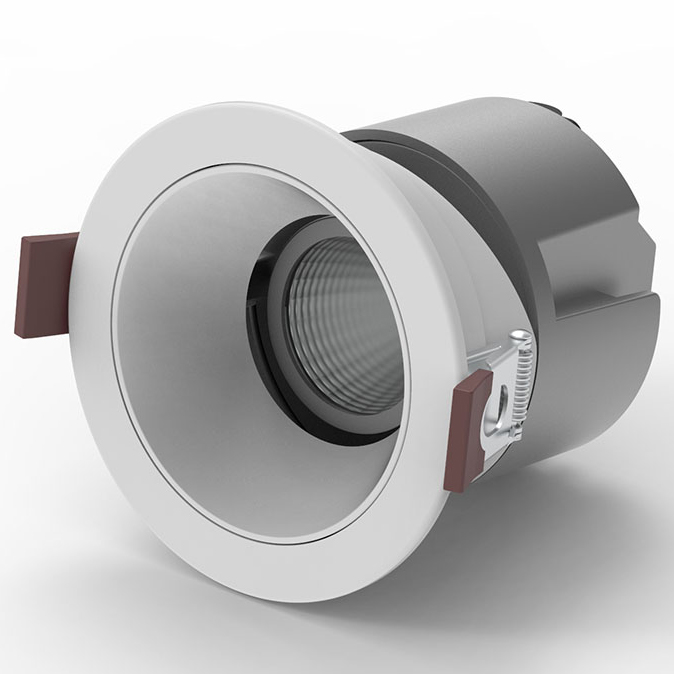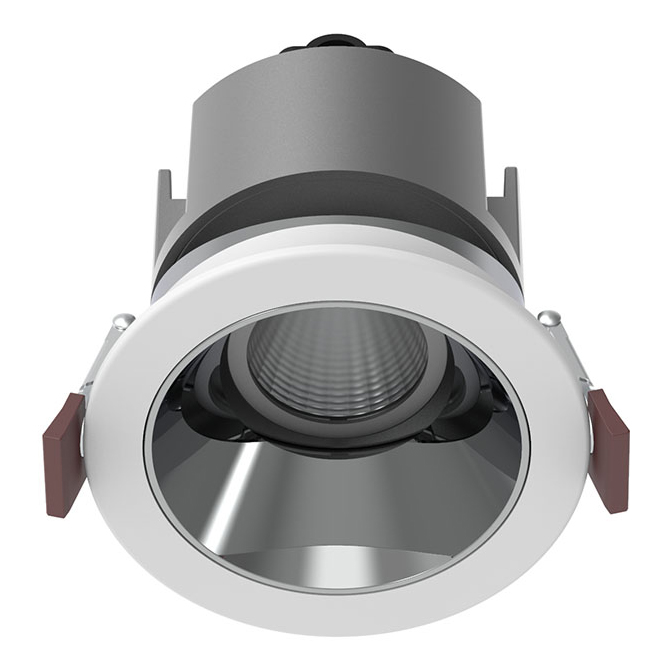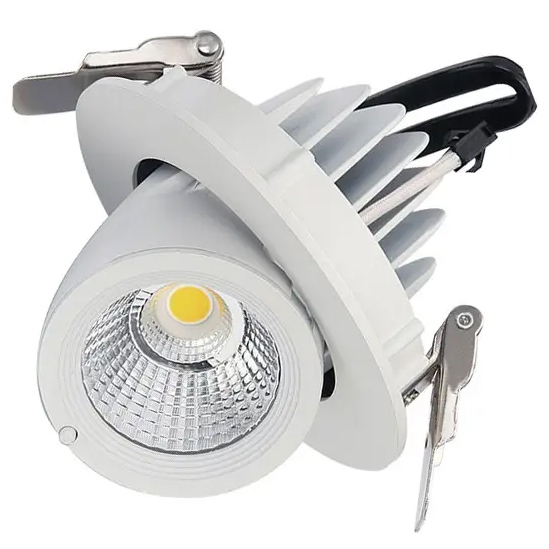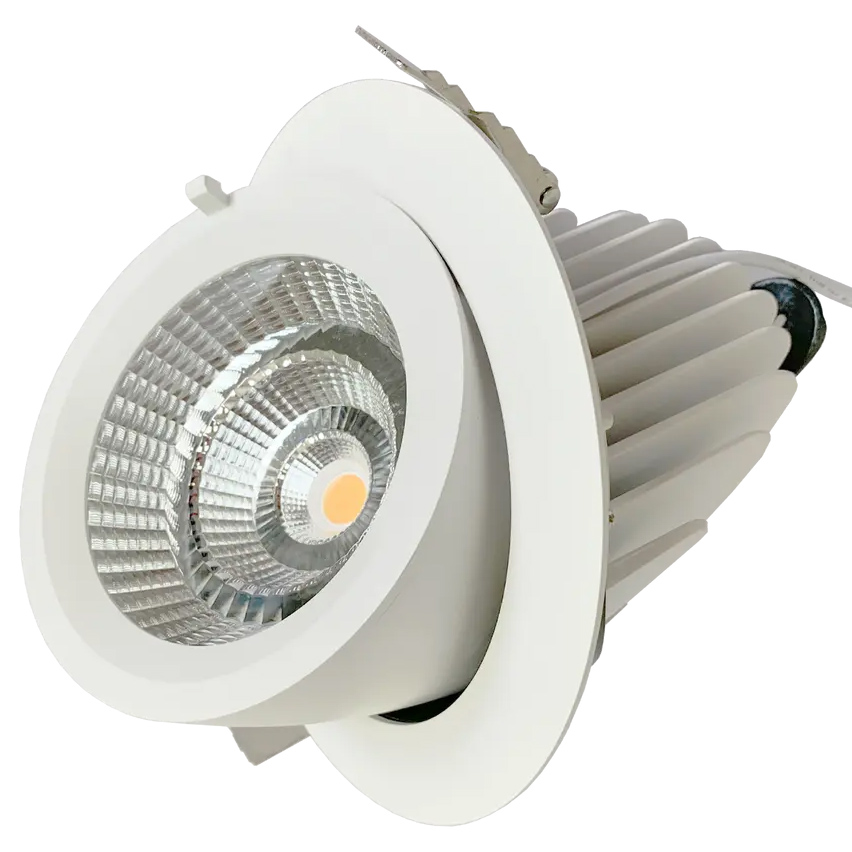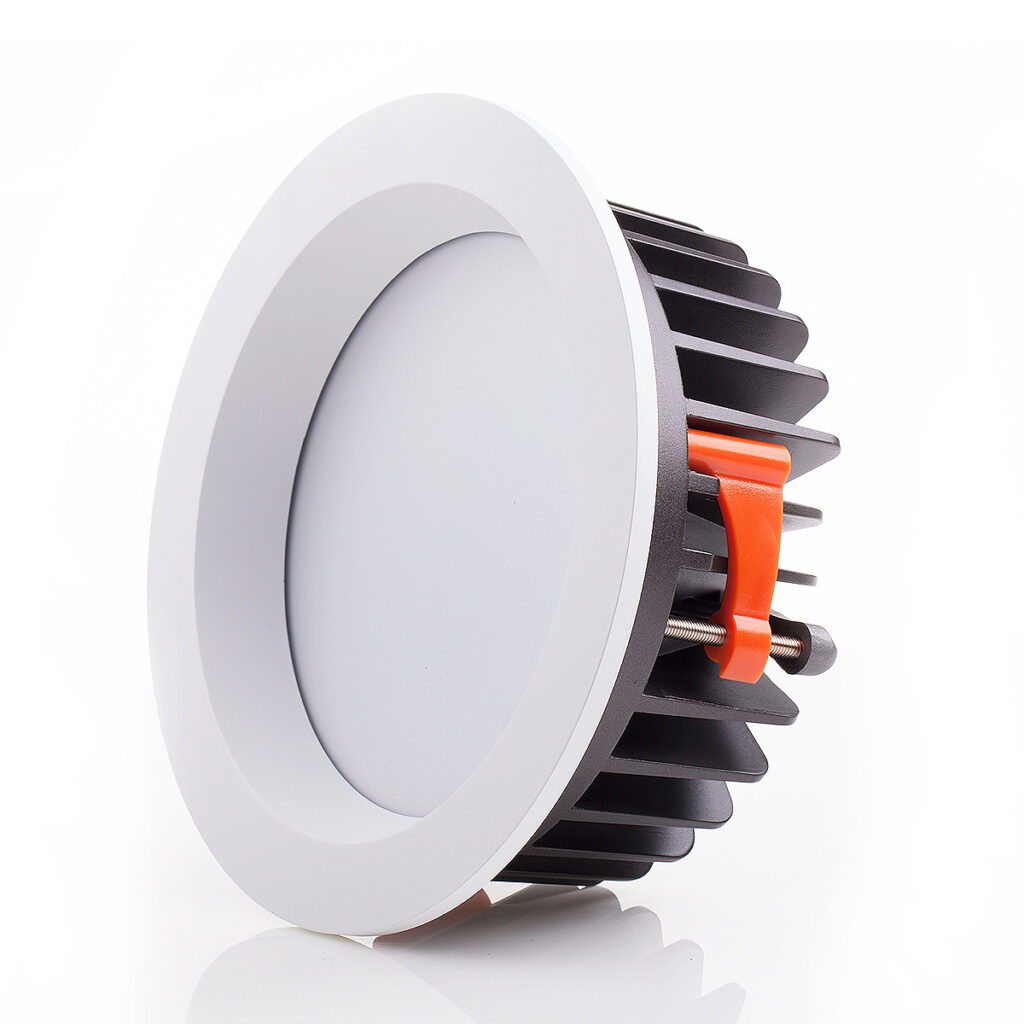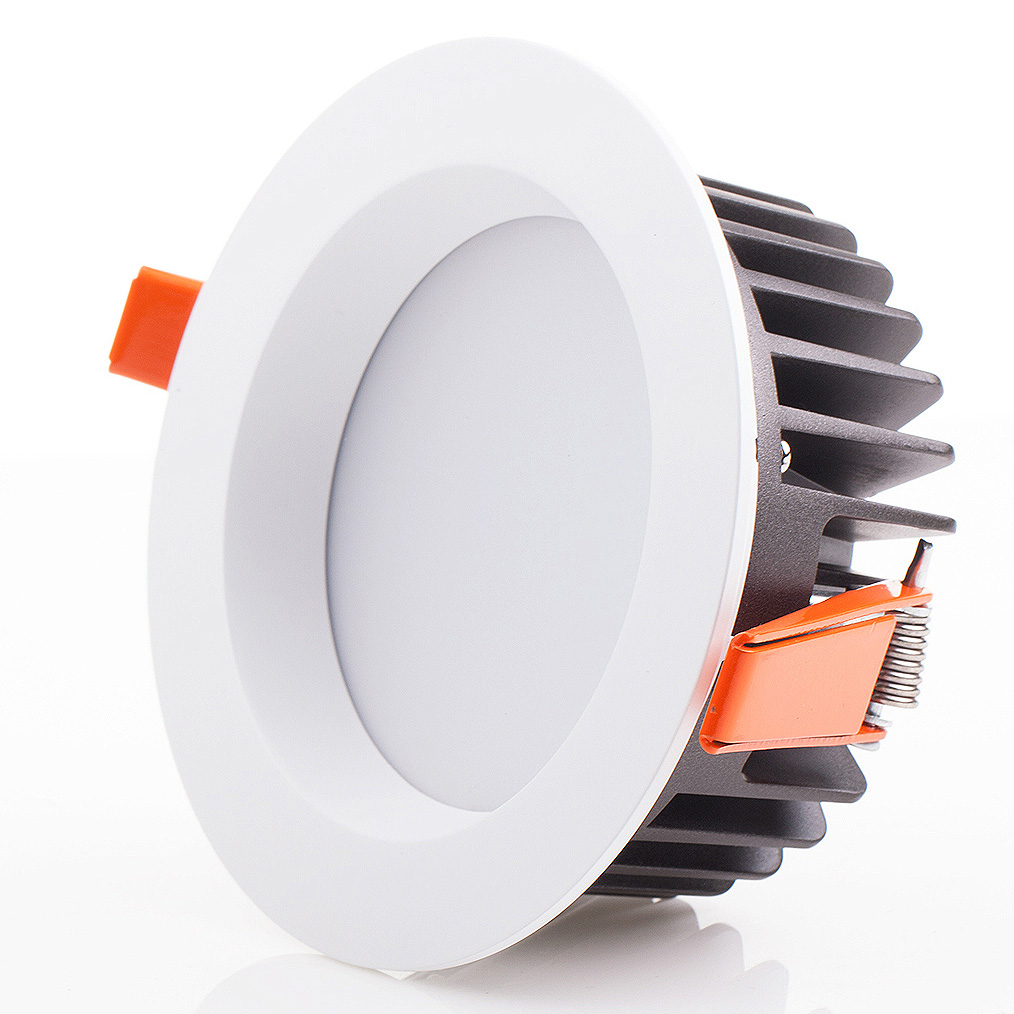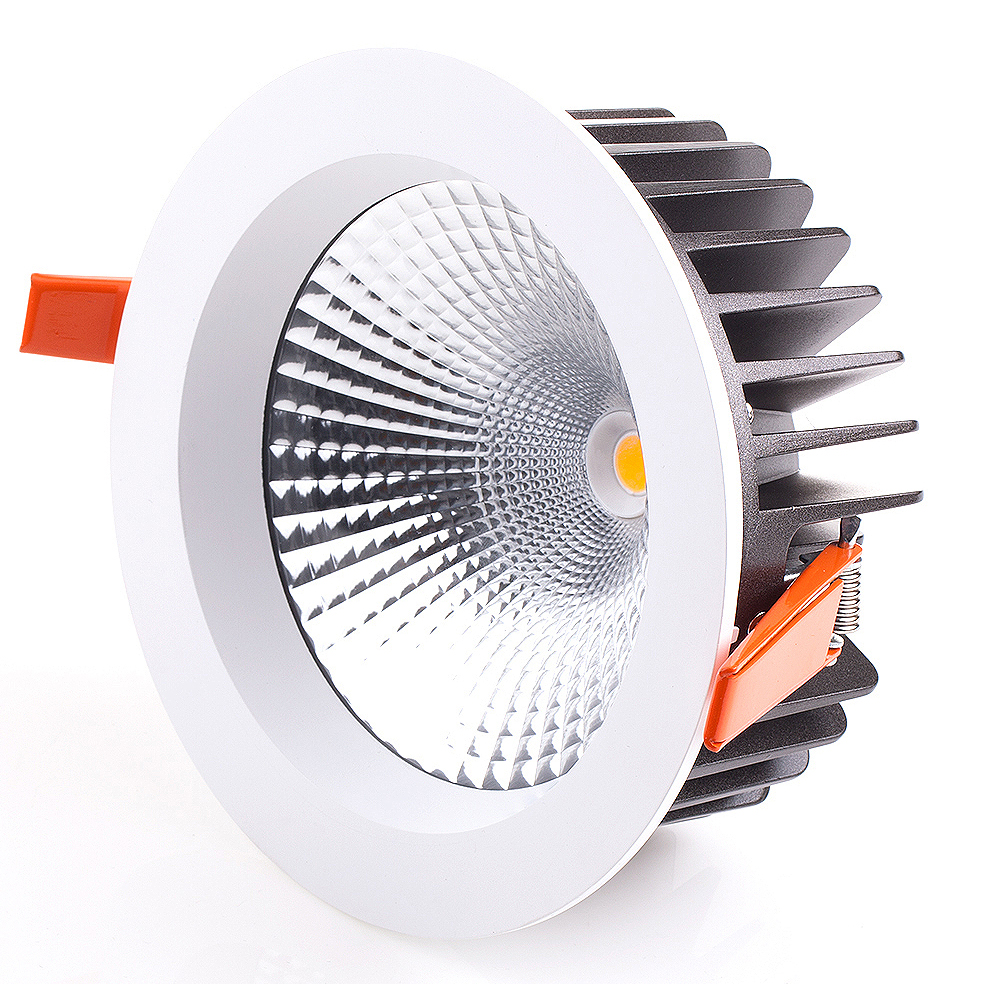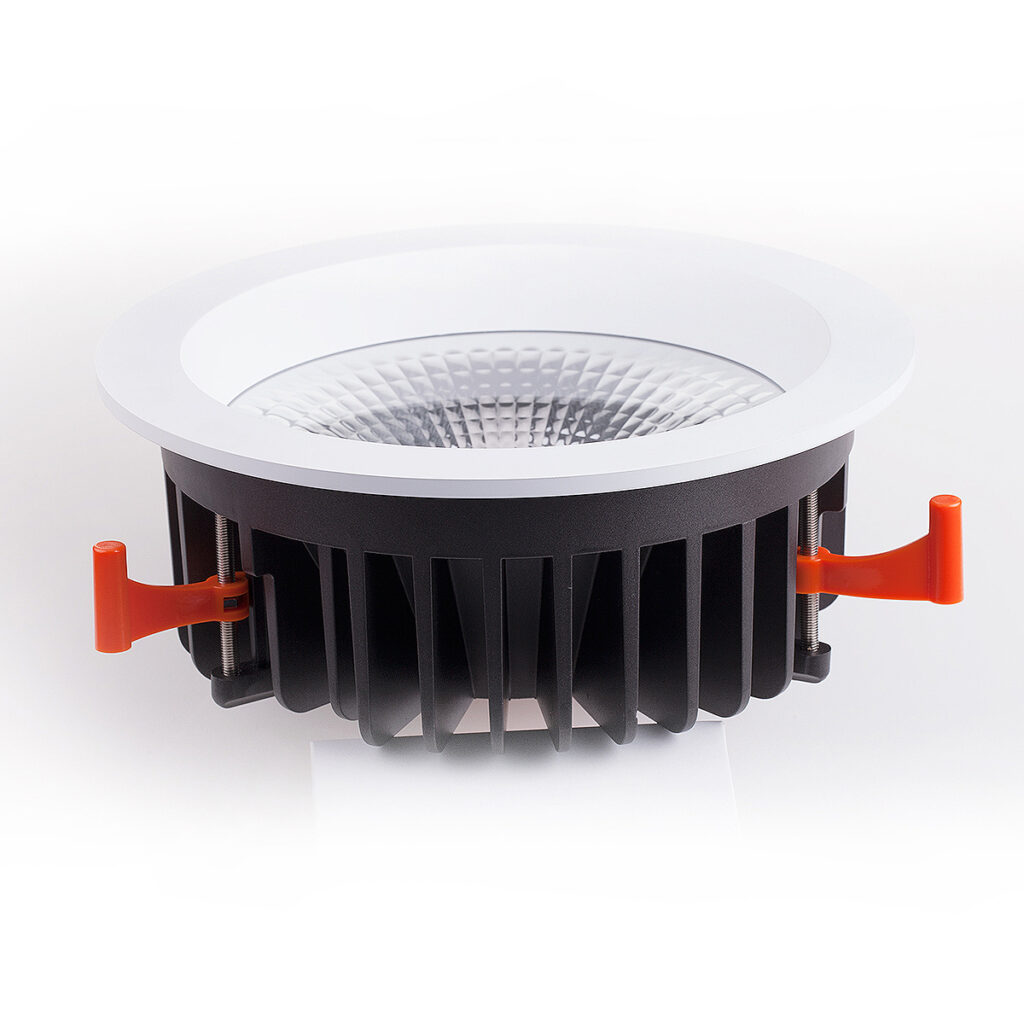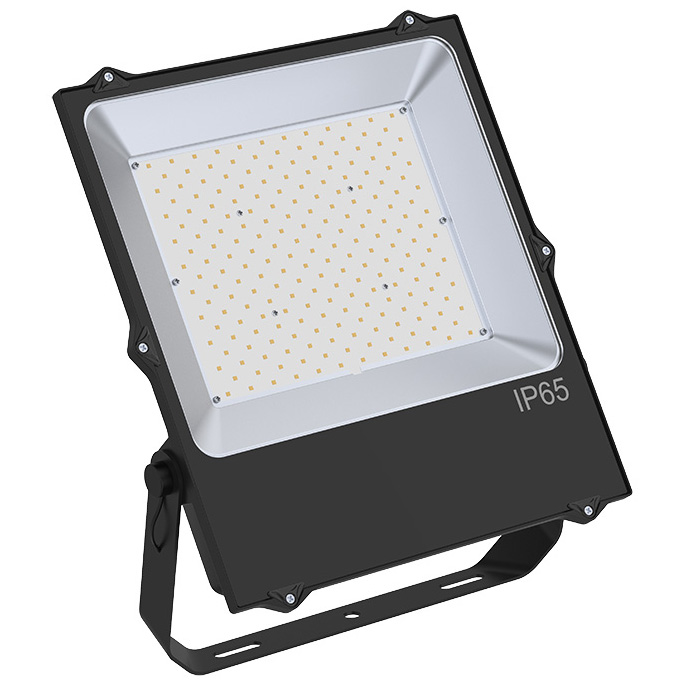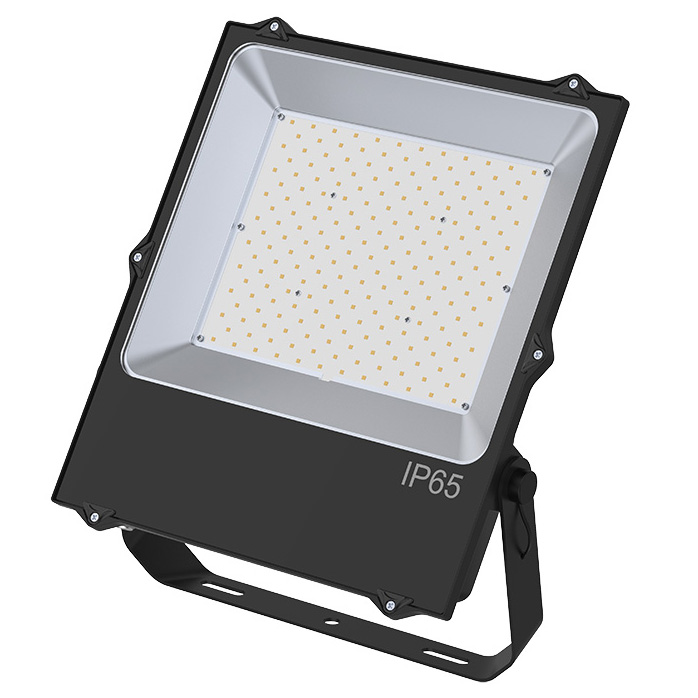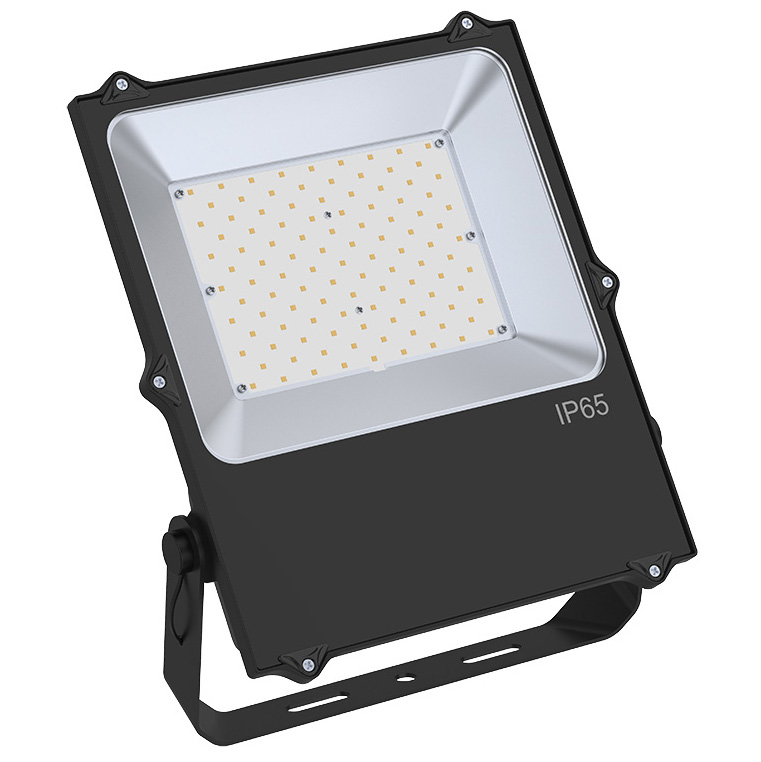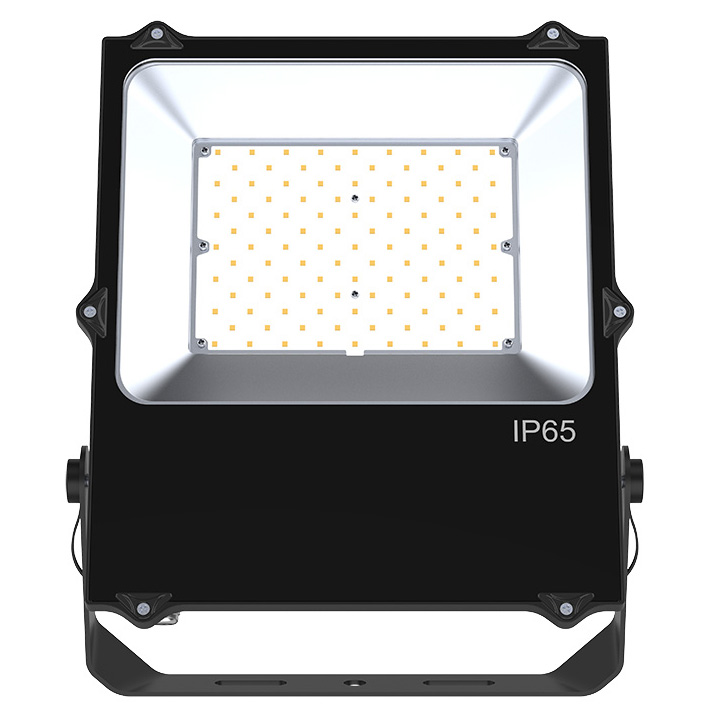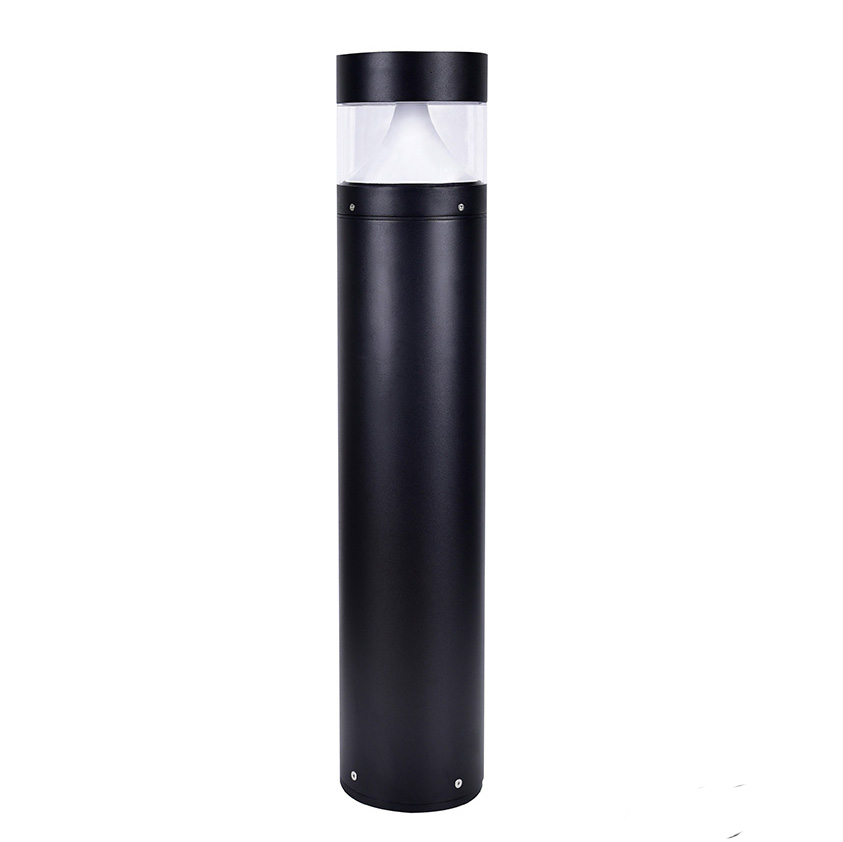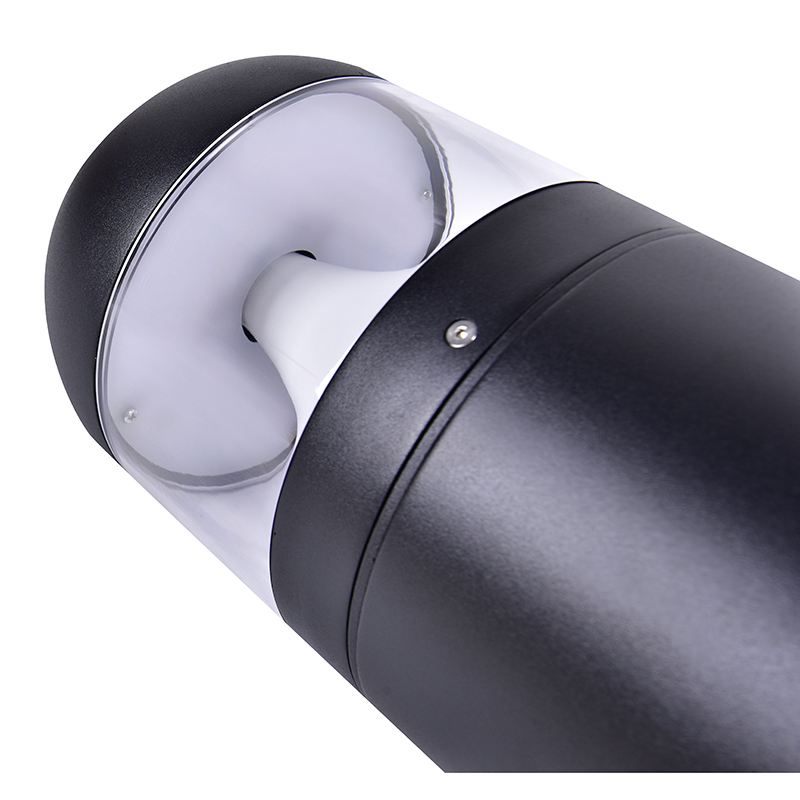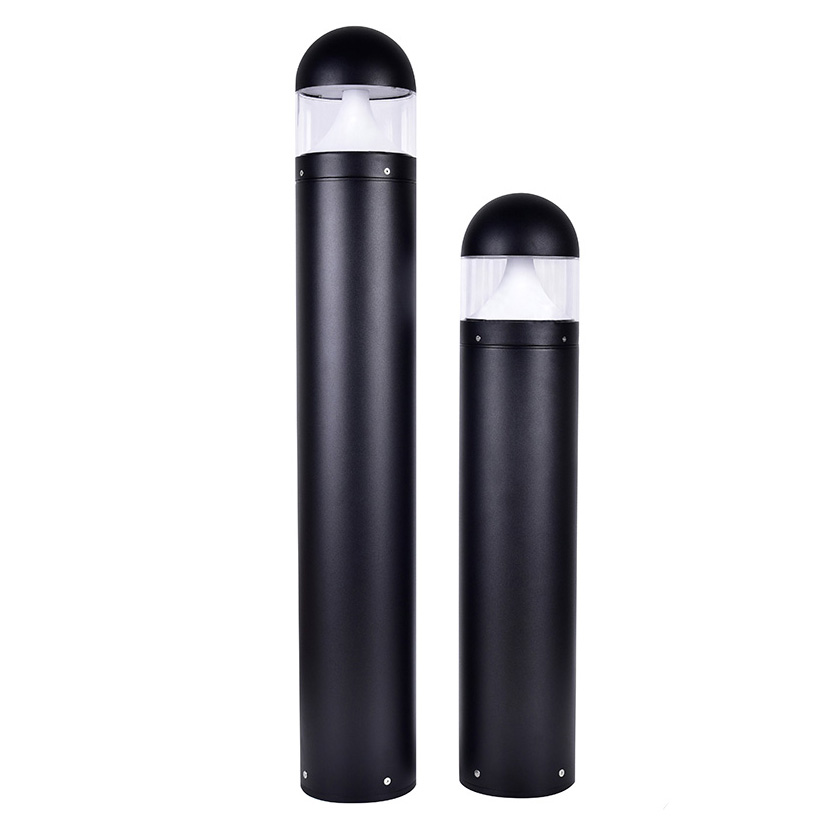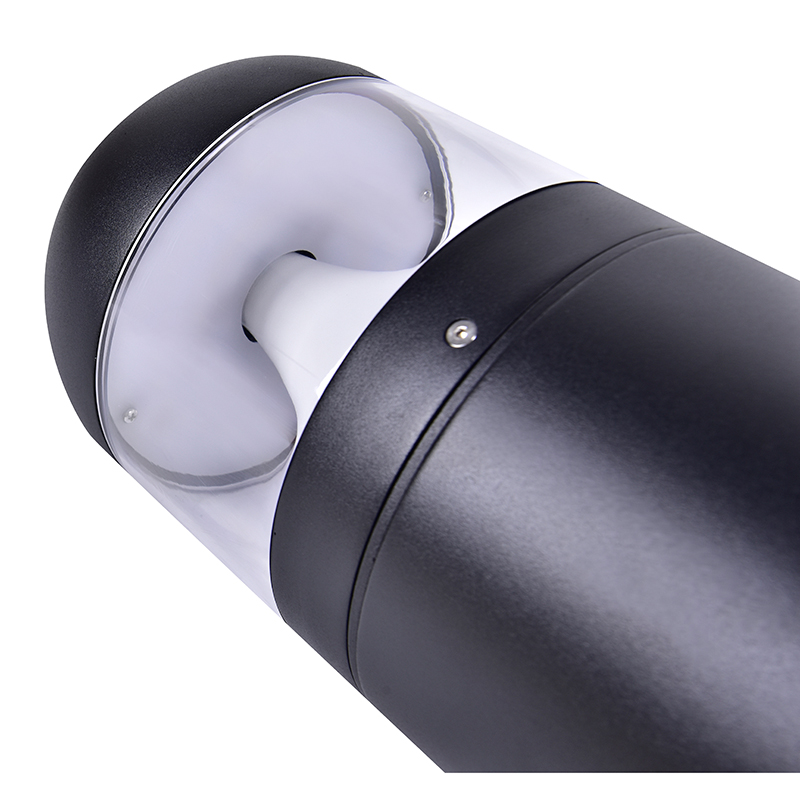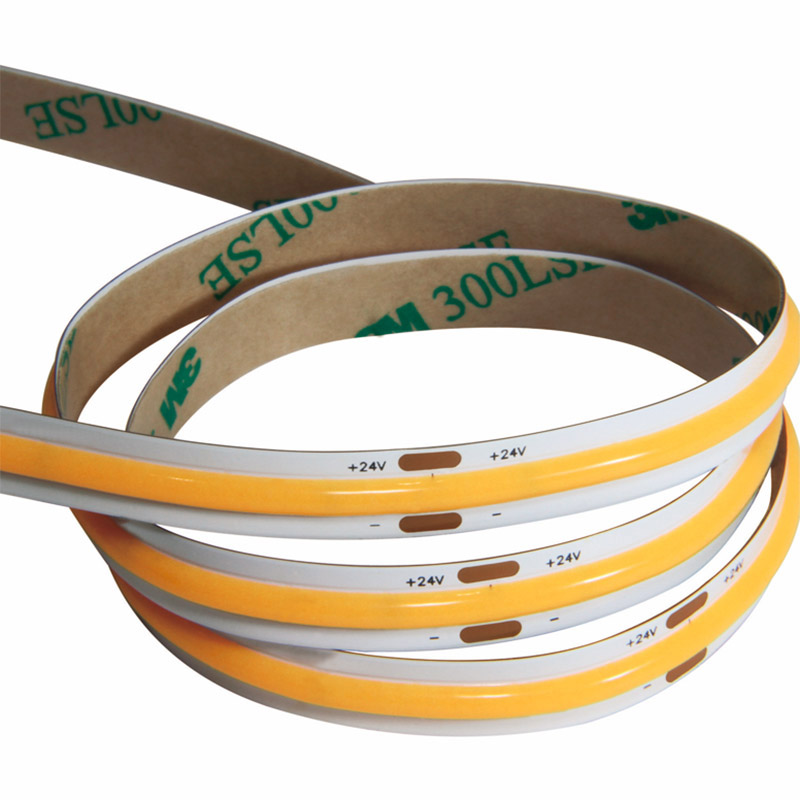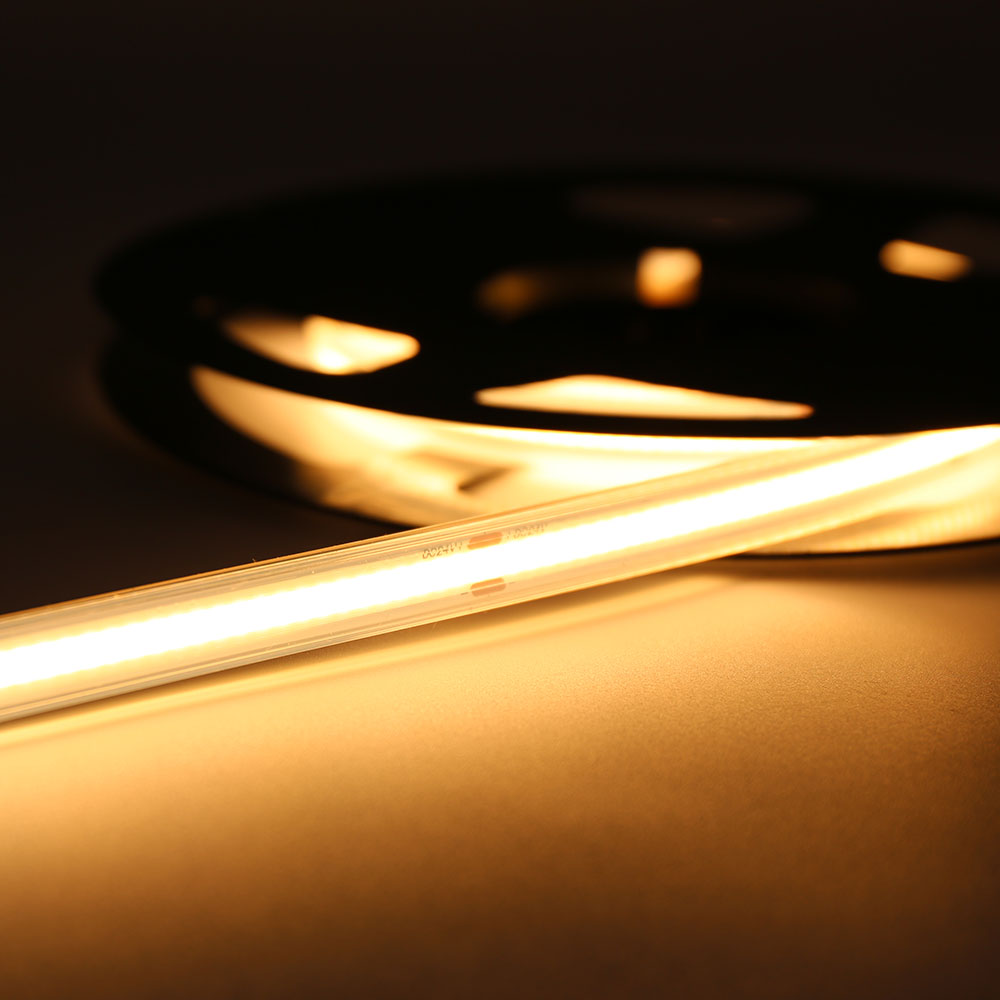- Control Method: DALI (Digital Addressable Lighting Interface) is primarily designed for individual addressing and control of lighting fixtures. It allows for precise control over each fixture or group of fixtures. On the other hand, DMX (Digital Multiplex) is a universal control protocol used in the entertainment industry to control various lighting fixtures, including stage lights, moving heads, and architectural lighting.
- Communication Protocol: DALI uses a bidirectional communication protocol, meaning it allows for two-way communication between the lighting control system and DALI-compatible devices. This enables real-time monitoring, status feedback, and remote configuration of lighting fixtures. DMX, on the other hand, uses a unidirectional communication protocol, where lighting control signals are sent in a single direction from the controller to the lighting fixtures.
- Number of Channels: DALI supports a maximum of 64 individual addresses per DALI line, with each address corresponding to a lighting fixture or group of fixtures. In contrast, DMX supports up to 512 control channels per DMX universe, where each channel represents a specific lighting parameter, such as intensity, color, or movement. DMX allows for more extensive control over multiple lighting fixtures or parameters within a single universe.
- Application Scope: DALI is commonly used in commercial and architectural lighting applications, where individual control and energy management are essential. It is suitable for office buildings, retail spaces, and other environments where precise control and energy efficiency are required. DMX is primarily used in the entertainment industry for stage productions, concerts, theaters, and other events where complex lighting control and synchronization are necessary.
- Integration with Building Management Systems: DALI is often integrated with building automation and management systems, allowing for centralized control and scheduling of lighting operations as part of a broader facility management strategy. This integration enhances energy efficiency and simplifies operation. DMX, being more focused on entertainment lighting, is less commonly integrated with building management systems and is primarily used for standalone lighting control in performance and event environments.
- +33 877 554 332
- info@website.com
- Mon - Fri: 9:00 - 18:30




